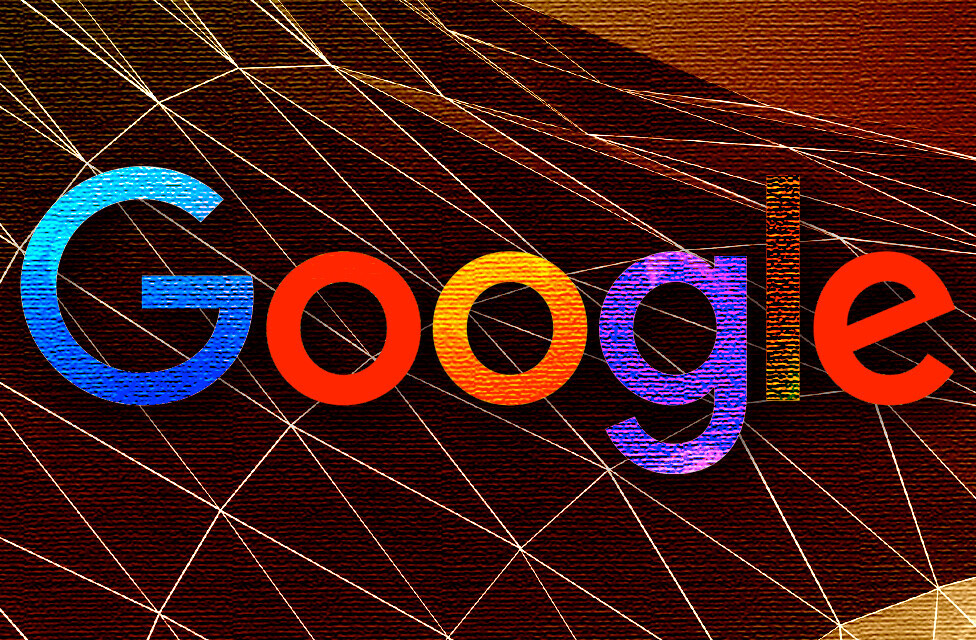
This Thanksgiving, you’ll probably hear someone say that the chemical tryptophan that’s found in turkey makes them sleepy. Although this holiday delicacy does include an amino acid that can help you relax, it’s not the only food that contains tryptophan. Cheddar cheese has a lot more of the chemical than turkey, but you never hear your aunt saying she needs a nap after eating a grilled cheese.
According to experts, turkey doesn’t make you crave a post-Thanksgiving nap. Instead, the high amount of carbs, the general size of your meal and an increase in alcohol consumption are what cause you to doze off after dinner.

What does this have to do with PPC, though, you may wonder? Well, surprisingly a lot. In the world of paid digital marketing, there are three PPC myths that you’re mistakenly falling for. You, and nearly everyone else, take these myths as fact—like the idea that your holiday bird makes you crave some shut eye—but they’re not.
It’s time to put an end to the most alluring PPC myths, misconceptions and inaccuracies.
1) PPC is a set-it-and-forget-it tool
Starting a new PPC campaign is often a time-consuming process. Your company needs to determine what copy you’ll use, the best image for your message and then you need to launch and monitor the campaign.
At first, the time you put into your campaign seems necessary and helpful. However, once it’s been running fairly successfully for a period of time, it’s easy to forget. It’s normal to get distracted by other channels and projects and neglect to update and check on your PPC campaign.
Unfortunately, this is a huge mistake. Companies think they can just set up their PPC accounts and forget them, but this couldn’t be further from the truth.

The entire time a PPC campaign is running, you should be looking for optimization opportunities. Could your copy benefit from a little more creativity? Would a/b testing help you secure better results? There’s a lot of untapped potential when it comes to updating and improving your PPC campaigns.
According to Rory Witt, owner of San Diego-based digital marketing agency DigiMar, one of the best ways to increase a PPC campaign’s success is simple—use your audience list and remarket to your existing customers.
Says Witt, “To get started with this technique, look no further than Google’s Remarketing. This option enables you to show ads to people who’ve visited your website or used your mobile application. After they abandon your site or app, remarketing will help you reconnect with them by showing them your advertisements across their devices.”
For example, say you own a pet boutique. You run an awesome advertisement for winter dog jackets, and it has a lot of success. Instead of letting the revenue increase end there, follow up with the people who purchased a dog jacket from you and offer them dog booties or other seasonal dog apparel items.
2) PPC = short-term; SEO = long-term
Many people mistakenly think PPC is a short-term strategy. They want to inform customers about a sale or other time-dependent event, so they advertise. If their ad gets 30 clicks at $2 each, they simply want to ensure that they receive one or more $60 sales as a result. Some businesses will even stop running their PPC campaigns if they’re breaking even—but this can be a big mistake.
Although PPC can increase your revenue overnight, it’s not a short-term tool. To stick with the Thanksgiving theme, pretend you’re a honey baked ham retailer. Each one of your hams sells for $100. You run a PPC campaign this holiday season, and you break even. Every customer that results from your digital marketing efforts has a $100 cost per acquisition, and each one buys one ham from you.
You could look at these results and deduce that your PPC campaign was a waste of your time, but it may not be … If you have sound customer relationship management techniques in place, this campaign could turn into a goldmine for you.
In 10 months, you can send an email out to the campaign’s customers. Remind them that it’s time to buy another honey baked ham, and then offer them a discount or incentivize them to make another purchase. Convince customers that it’s worth their while to buy a ham for themselves and an additional ham as a gift. Before long, you’ll become the go-to vendor for individual and gift-giving holiday hams.
3) Money is the ‘be-all’
There’s a common myth that suggests you will rank better if you spend more money on your advertisements. If only it were this simple … Having a bigger budget doesn’t necessarily ensure your rank will improve.
According to Matthew Tyson, marketing strategist for WideNet, “The success of your ads is determined by multiple factors—such as relevance, targeting, and quality score.” If you want to give Google more money, it may improve your relationship to an extent. Their business is publicly traded, so of course they want to make money. However, at the end of the day, the platform needs user trust, too. If your advertisement takes Google users to irrelevant or harmful content, it’s not worth the money.

To ensure that Google is making its shareholders happy and maintaining user trust, they assign advertisements a Quality Score. This is where things get good for advertisers … If you can design ads that help Google’s business objectives, you’ll be rewarded—monetarily. Google will actually provide you with a lower cost-per-click rate if your advertisements gives them money and keeps their users happy.
It’s easy to confuse money with success. When it comes to paid advertising, money is important, but it’s not everything. Your company needs to think about a campaign’s relevance, quality score, targeting and much more in addition to its financial backing.
Don’t rush to conclusions
The human mind likes to know where things come from. It loves tales, stories and simple explanations. Humans remember and share myths, origins and creations.
To an extent, these preferences are harmless. After all, isn’t it fun to take a big winter’s snooze after November 23 and blame it all on something you ate? Of course it is! Myths are all fun and games, until they cause a detrimental result—like decreasing your company’s bottom line.
If you want to stay on the enjoyable and laughable side of myths, remember the three PPC misconceptions above. When they come up, remind yourself that they’re not based in reality, and steer your company in another direction.
Get the TNW newsletter
Get the most important tech news in your inbox each week.




